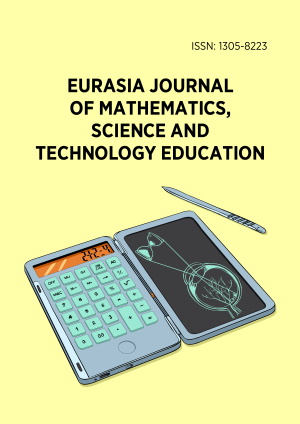Abstract
Mathematical origami can be a valuable tool for teaching mathematics. This study explores mathematical origami teaching practices in secondary education. The addressed research question is: What do mathematics teachers report about their professional experimentation with mathematical origami in the secondary education classroom? The study focuses on exploring and describing these professional experiments. Using grounded research theory, we analyzed 45 articles written by teachers from four countries. Four key categories emerged from our analysis: mathematical topics taught using mathematical folding, teachers’ reasons for using folding, aspects of a teaching process, and advice for teachers. In a validation process, experts confirmed these categories. Our findings indicate that mathematical origami is applied across a broad range of topics and domains, with various reasons for its use, and diverse learning objectives achieved in different lesson phases. Teachers also encourage their colleagues to incorporate folding into their classrooms and provide valuable advice for implementation.
License
This is an open access article distributed under the Creative Commons Attribution License which permits unrestricted use, distribution, and reproduction in any medium, provided the original work is properly cited.
Article Type: Review Article
EURASIA J Math Sci Tech Ed, Volume 21, Issue 2, February 2025, Article No: em2572
https://doi.org/10.29333/ejmste/15911
Publication date: 02 Feb 2025
Article Views: 877
Article Downloads: 406
Open Access References How to cite this article
 Full Text (PDF)
Full Text (PDF)